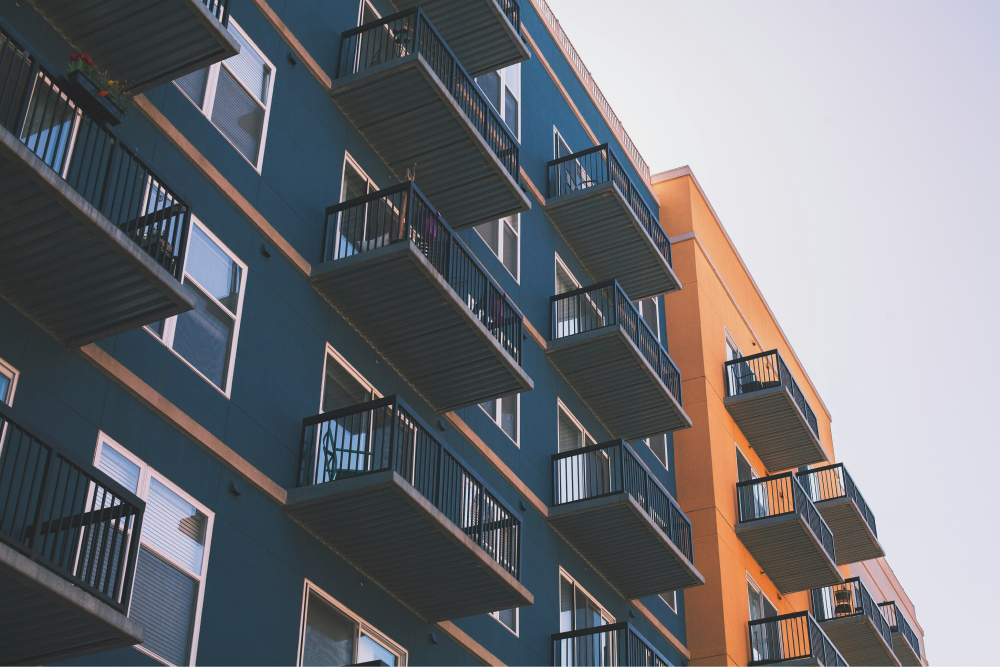Ensuring your home is safe and healthy is crucial, but understanding the mechanisms in place to protect you and your property can be daunting. The Housing Health and Safety Rating System (HHSRS) is a key component of UK housing law designed to safeguard residents by providing a framework for assessing and mitigating risks in residential properties. This guide demystifies the HHSRS, outlining what qualifications are necessary for assessment, how it works, and the ways in which local authorities can assist with necessary repairs.
Understanding the Housing Health and Safety Rating System
At its core, the HHSRS is a risk-based evaluation tool used by local authorities to identify potential hazards in residential properties. From damp and mould to fire risks, the system is designed to protect the health and safety of occupants. Knowing how it operates can empower you to ensure your living environment is as safe as possible.
What is the HHSRS?
Implemented under the Housing Act 2004, the HHSRS provides an analytical framework for evaluating health and safety risks in residential properties. Rather than setting minimum standards, it assesses the severity of various hazards and the potential impact on occupants.
Who Can Conduct HHSRS Assessments?
HHSRS assessments are typically carried out by environmental health officers (EHOs) from your local council. These professionals have undergone specific training to qualify them to identify and evaluate hazards using the HHSRS guidelines. For more information, you can find HHSRS guidance on GOV.UK.
The Role of Local Authorities in Housing Repairs
Local authorities play a pivotal role in ensuring properties meet the safety standards outlined by the HHSRS. If a hazard is identified, they have the authority to take enforcement action against landlords or property owners to compel the undertaking of necessary repairs. A local housing authority must consider government guidance called Rent repayment orders under the Housing and Planning Act 2016 when deciding whether to apply for an order.
How Local Authorities Assist with Repairs
- Inspections and Assessments: Upon request or complaint, a local authority can inspect a property for HHSRS hazards. This is the first step in identifying issues that may require attention.
- Enforcement Notices: If significant hazards are found, the local authority can issue various notices requiring the property owner to make specific improvements or repairs within a set timeframe.
- Emergency Measures: In cases where an immediate risk to health and safety is identified, local authorities have the power to undertake emergency remedial action.
- Financial Assistance: Some councils offer grants or loans to help with the cost of repairs, particularly for vulnerable homeowners or those on low incomes.

How to Qualify for HHSRS Assessments and Assistance
Requesting an Assessment
If you have concerns about potential health and safety risks in your home, you can request an HHSRS assessment from your local council. This is particularly relevant for tenants who have not received satisfactory responses from their landlords regarding repair issues.
Eligibility for Local Authority Help
Eligibility for assistance, whether in the form of enforcement action against a landlord or financial help with repairs, typically depends on the severity of the hazards and the occupant’s personal circumstances. Vulnerable individuals, such as the elderly or those with disabilities, may receive prioritization.
Taking Action: Practical Steps for Addressing Housing Hazards
- Identify Potential Hazards: Be aware of common issues like damp, mould, and inadequate heating that could pose risks.
- Communicate with Your Landlord: If renting, report these issues to your landlord in writing and give them a reasonable chance to address the problems.
- Contact Your Local Council: If your landlord fails to make necessary repairs, reach out to your local council to request an HHSRS assessment.
Why Contend is Your Ally in Navigating the HHSRS
At Contend, we understand that dealing with housing hazards and navigating the complexities of the HHSRS can be overwhelming. Our AI legal experts are here to provide you with the guidance you need to understand your rights and the steps you can take to ensure your home is safe and healthy. Chat with our AI legal assistant today for clear answers to your legal questions, all in 5 minutes or less.
Conclusion
The Housing Health and Safety Rating System is a vital tool for protecting residents from health and safety hazards in their homes. By understanding how the HHSRS works, who qualifies for assessments, and the role of local authorities in enforcing housing standards, you can take proactive steps to ensure your living environment is safe. Remember, if you’re facing challenges with housing repairs or need advice on navigating the HHSRS, Contend’s AI legal experts are just a chat away.
Take action today to safeguard your home and health. Let Contend guide you through the process, providing the legal support and advice you need to address housing hazards confidently.
For more info, check out some of our related articles:
